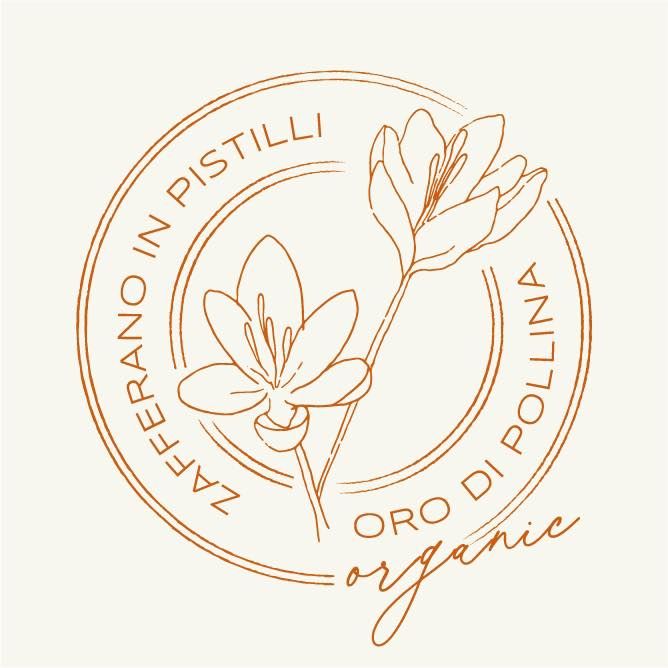Best Practice
Founded in 2022, Oro di Pollina emerged from a series of reflections on land use and the critical role of young people in agriculture and, above all, the study of the Bio-Synergic Aware method during the pandemic period. The vision of Michele Rocca, the founder, was clear: to create a sustainable farm that not only supported the environment, but also promoted the value of local and organic products.
At the core of their production is Zaffron, cultivated using the BSC (Bio-Sinergico Consapevole, organic-synergistic-aware) method.
- Organic because it is essential to know the biology of the soil and saffron.
- Synergistic because it is the cooperation of natural and human life that make it possible to improve the environment and the product.
- Aware because we must know what we are doing, ask ourselves why it has to be done, and what it will mean for the soil, for the plants and for the product we will obtain.
This innovative approach integrates the principles of synergetic, biodynamic, organic and regenerative agriculture. Working in this way allows us to respect the ecosystem, which, combined with passion and simplicity, allows us to obtain a product that improves people’s physical and spiritual wellbeing.
The BSC method focuses on sustainable agriculture through a profound understanding and respect for ecosystems, with the aim of creating a self-sustaining environment that improves soil health, increases product quality and supports human well-being, while minimising external interventions.
Although the journey has not been without challenges, particularly in balancing traditional farming practices with modern agricultural needs and educating the local community on the benefits of ecological methods, the practices adopted by Oro di Pollina have proved invaluable.
Moreover, choosing to adopt the BSC method, the company has completely given up the possibility of putting chemicals in the soil. The fertility of their soil is provided by the micro-organisms present, whose presence in the soil helps fertilise and aerate it. This would not be possible with the use of chemicals or unsuitable tools, such as a tiller that compacts the soil.
The sustainable practices implemented by Oro di Pollina offer a highly replicable and scalable model of sustainable agriculture. By combining ecological farming with educational tourism experiences, this model also has the potential to inspire other areas and regions with similar farming traditions. As global interest in responsible travel and sustainable food production continues to grow, the Oro di Pollina approach not only promotes environmental conservation, but also encourages local development, cultural heritage preservation and the responsible use of natural resources for future generations.
Organization



